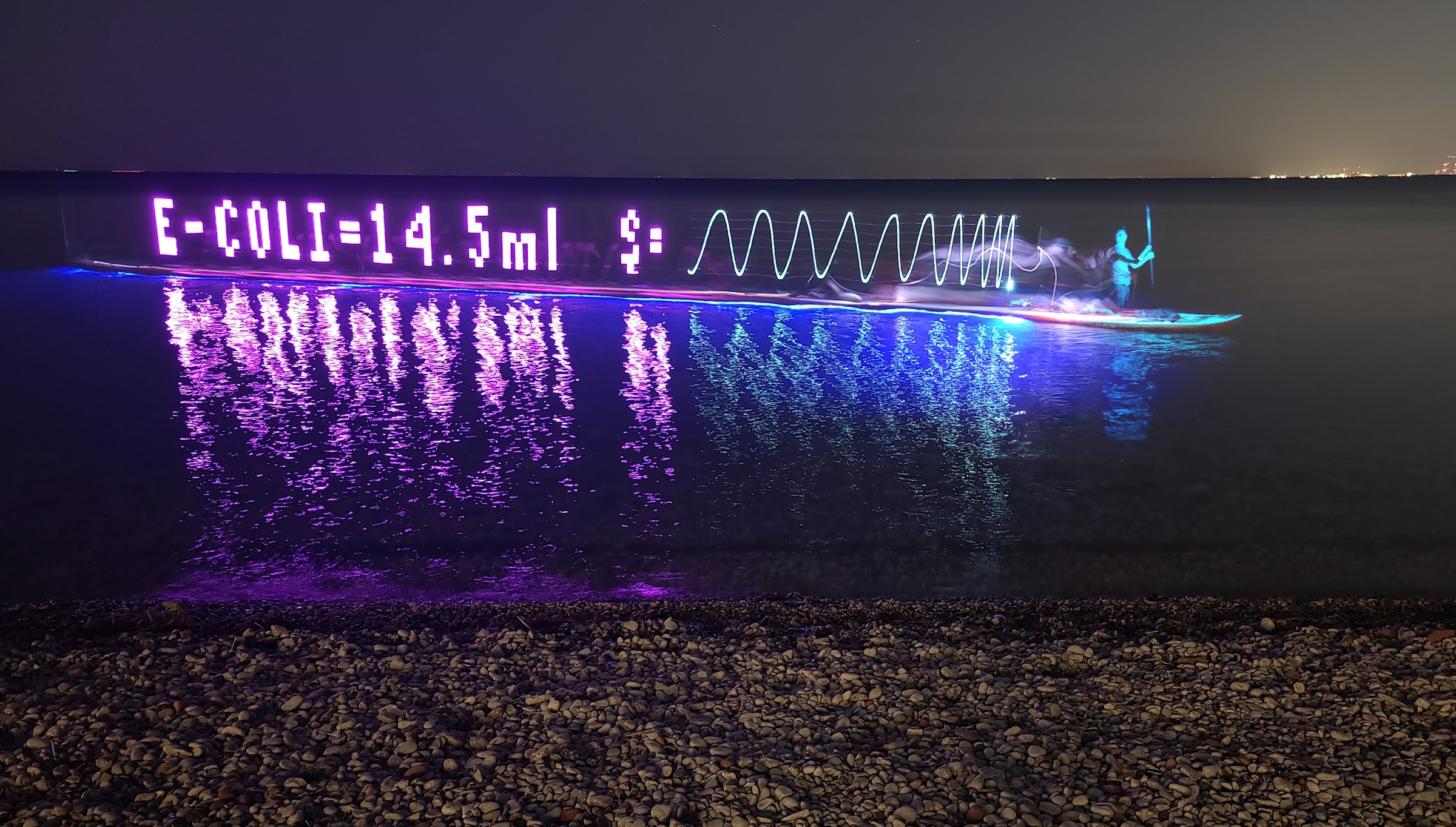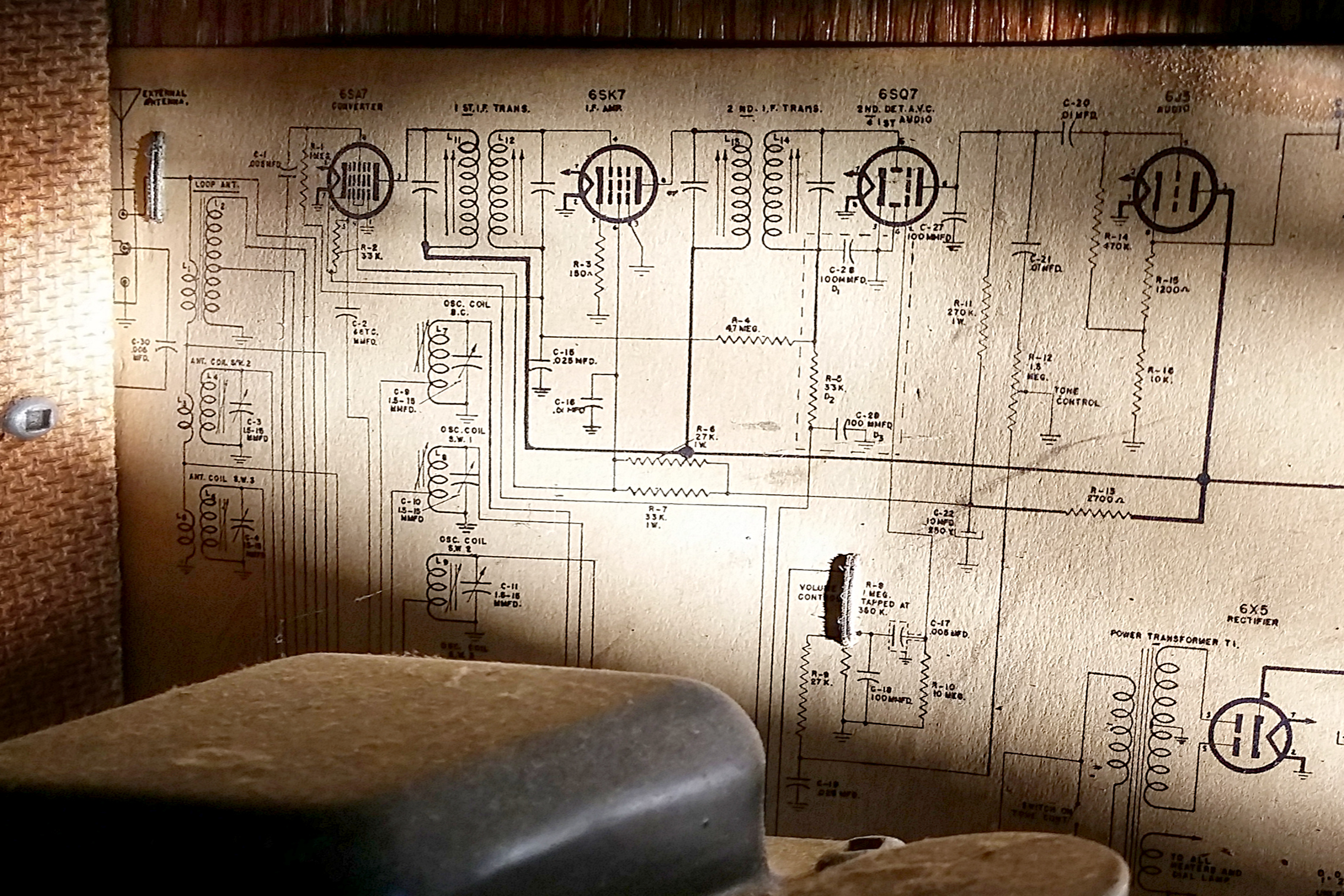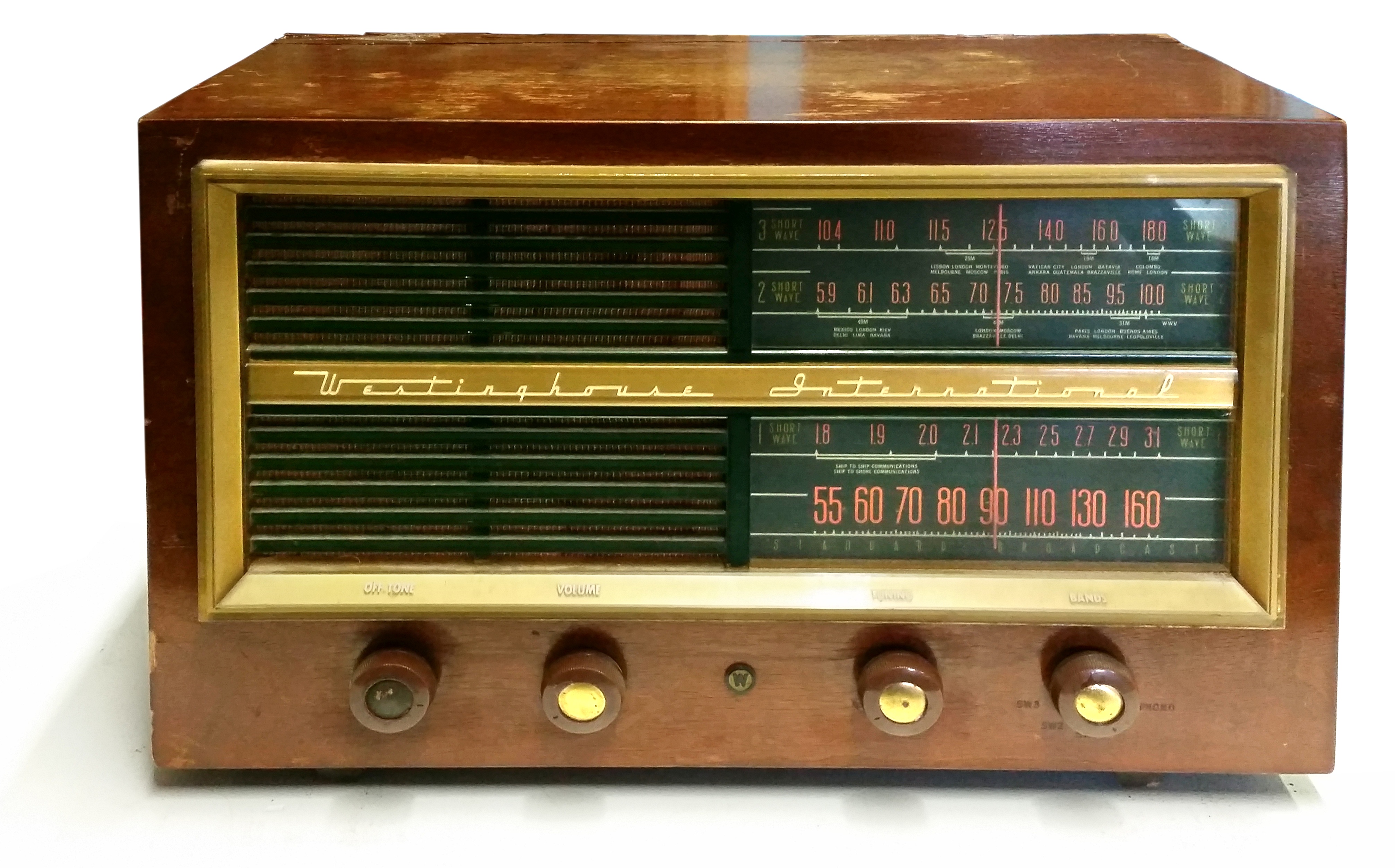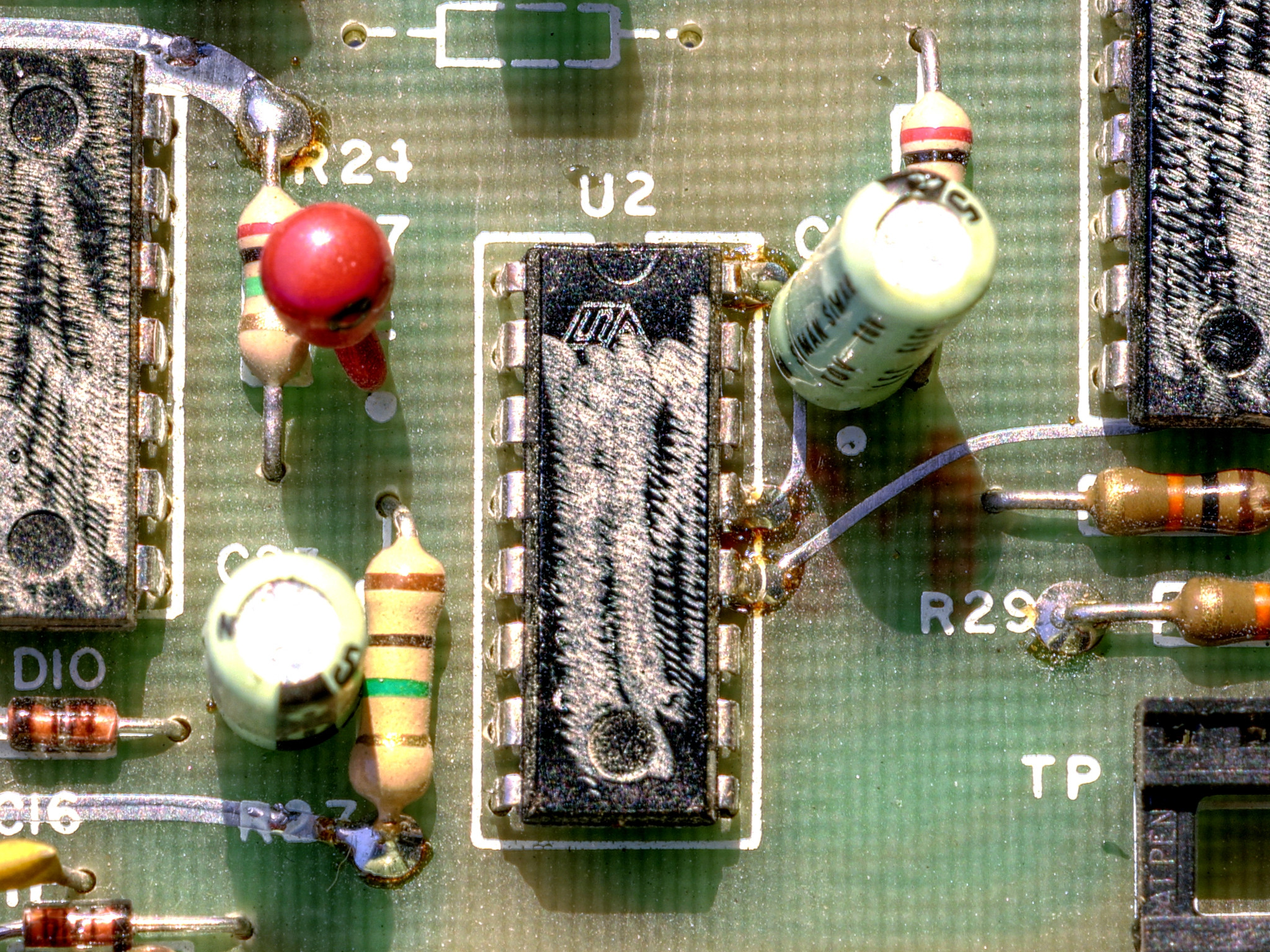2023
We are live, click here to watch live stream
Mersivity =
Sustainability + Technology + Society
= the Sustainable Technology Society.
 Symposium (link)
Symposium (link)
Let's make technology with following six attributes:
Mersivity is our symbiosis with technology and our surrounding environment.
It embodies the above six connections.
It helps us:
1. touch
and
2. be touched by
Earth, water, air (our environment),
helping us to
3. sense
and
4. control
technology
that is itself
5. in-touch with, and
6. touches upon
the
environment.
Many technologies fail in making one or more of these six fundamental connections. The aim of the Sustainable Technology Society (Mersivity) is to ensure that technology evolves to sustain all six of these important connections.
Come to or remotely attend our December 14th Symposium in Toronto, Ontario, and help us build the Sustainable Technology Society.
Our December 14th Symposium is also followed by our Festival of (im/sub)mersive lighting technology on the darkest day of the year, Winter Solstice, which happens this year on December 21st, and 10:27pm, in Toronto, Ontario. Join us at "The Wall" of Ontario Place to raise awareness on the importance of building sustainable technologies that connect us with nature. We'll showcase and introduce the world's most advanced artistic and photographic "lightpainting" technologies, more than 40 years in the making, used to raise awareness of the pressing need for more "Mersive" technologies.

Mersivity is technology that serves us and our environment. Mersivity is immersive / submersive / inclusive technology.
Technology that immerses you, but disconnects you from your surroundings, is harmful to both you and your surroundings (environment). This harm goes beyond pollution and other direct harm, but also harm in the sense that if we disconnect from nature, earth, water, etc., we turn our back on earth, water, etc..
Mersivity is tech that's immersive and submersive for ethical inclusivity, creating a bridge between us ("invironment") and the world around us (environment)
Mersivity is immersive and submersive, e.g. it can immerse us (like fully immersive virtual reality) and it can be immersed / submersed by us (you can dunk it in the water or go swimming or hiking with it and it won't suddenly stop working when it gets dunked in sea water).
If you can't go swimming or hike through a forest with a piece of technology, the technology could be out-of-tune with nature or distract you from nature. Technology that is not in-tune with nature encumbers us and imprisons us in a world that is divorced from nature. Wearing it or carrying it makes us hesitant to jump into the lake or venture into the wilderness with it, for fear it will be damaged (or lost or stolen if we leave it sitting on the shore or ground). And when we can't swim in the lake, we turn our back on the lake, and lose an important opportunity to be stewards of our supply of freshwater. Water is the "new oil", our most valuable resource. Thus we see Mersivity as a mandate for technology in service of both humanity and the environment (nature).
Mersivity is at the intersection of these three spheres / circles:
α Nature, physicality, reality, and the environment, e.g. Earth, Water, Air (matter) as composed of atoms... as depicted by planet Earth. Consider, for example, the landscape architecture of Michael Hough.
β Technology, virtuality, etc., as composed of "bits" (analog bits such as analog information in the Claude Shannon sense, or digital bits). Consider for example, the iMax Cinesphere as designed by Zeidler.
γ Humans, humanity, society, privacy, security, trust, governance, etc..
At IEEE our slogan is "Advancing Technology for Humanity":
Let's change that to
"Advancing Technology for Humanity and Earth (or Environment or Nature or Universe...)" or "Technology for us and our environment" to be inclusive of other beings, such as birds who are also "makers" in the sense that they build their nests from found objects and materials.
Example of mersivity at UoOP: Smart SUP with eXtended Reality (XR) / eXtended metaVerse (XV):

Mersivity as Vironmentalism
Technologies like vessels, vehicles, shoes, clothing, and eyeglasses, function as intermediares between us and our surroundings. The environment is that which surrounds us, and the "invironment" is us ourselves. The "vironment" is the technological border or boundary between us (the invironment) and our surroundings (the environment).Mersivity is equivalent to Humanistic Inelligence (HI)
(The same six fundamental signal flow paths; see Proc. IEEE, 86(11), Nov. 1998, p2126.)
This observation gives rise to the 3 tenets of mersivity, i.e. as a code-of-ethics on the development of technologies for humanity and the environment:
- Mersivity is at the intersection of (1a) Nature (e.g. water, earth), (1b) Technology; (1c) Humanity;
- It must embody reciprocal transparency, i.e. if it senses us, it must not conceal its operation.
If it oversees us (surveillance) it must admit to being "underseen"
("undersight"). There is a new word for this "undersight" that recently
appeared in Oxford English Dictionary (OED): "Sousveillance".
Compare how products used to come with parts lists and diagrams explaining their principle of operation:


with how they now come with deliberate acts of aggression against transparency, e.g. manufacturers grinding part numbers off devices:
 .
.
- It must embody reciprocal immersibility / submersibility, i.e. if it can "merse" (immerse / submerse) us, we must be able to "merse" it. In this way the technology must not keep from or imprison us away from earth, water, nature, the environment, and sustainability.
Mersivity 2024
This website and the Symposium follow a Copyleft ethos with code and content licensed under GNU GPL (General Public License) v3.0. The website was hand-coded by S. Mann, and hosted on Gitlab. The Symposium Proceedings were writtein in the LaTeX typesetting language, and the online conferences and discusses are done using Jitsi, a free open-source standards-based initiative. At IEEE we embrace free open-source code and standards, both of which help ensure accessibility.